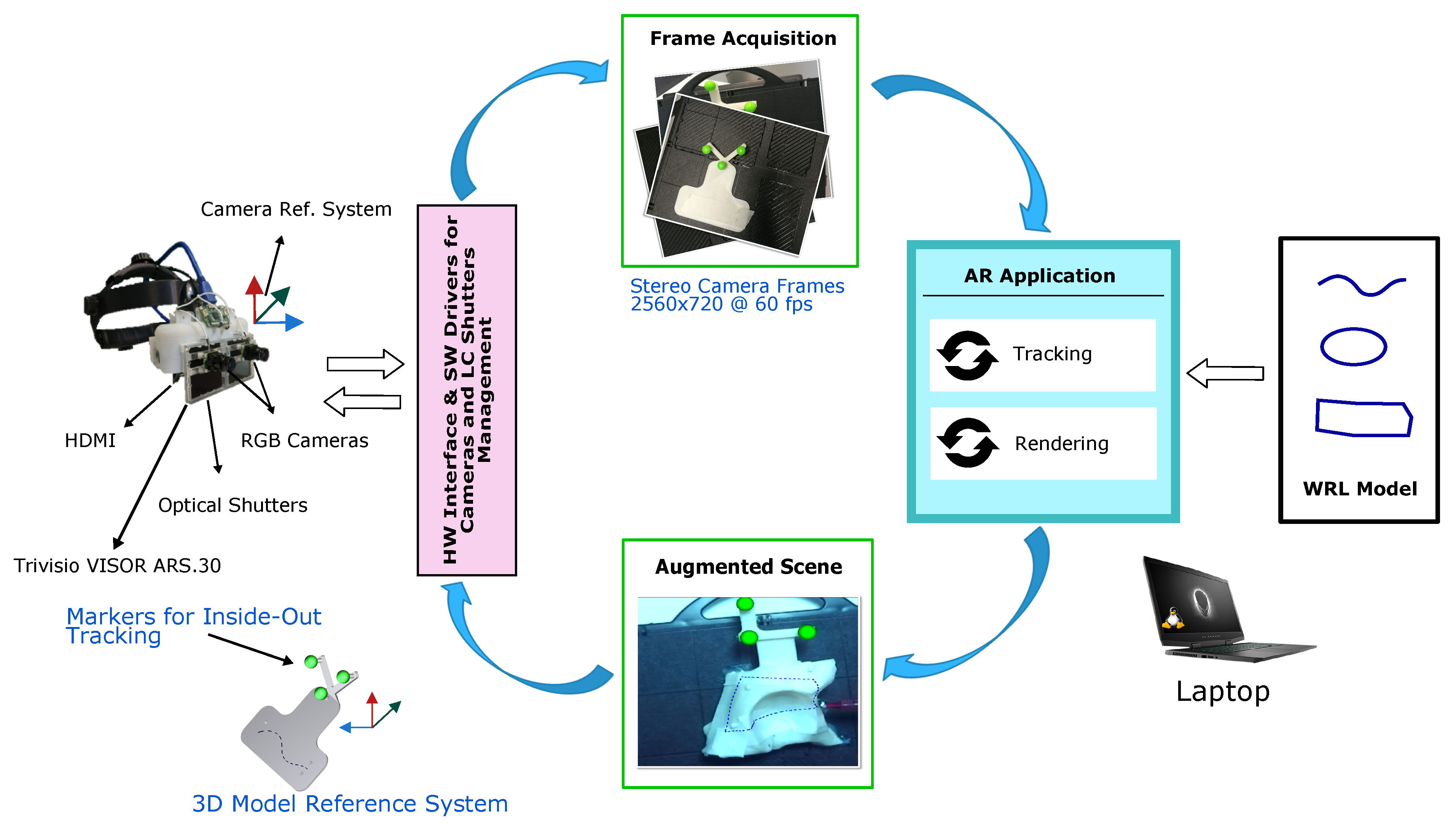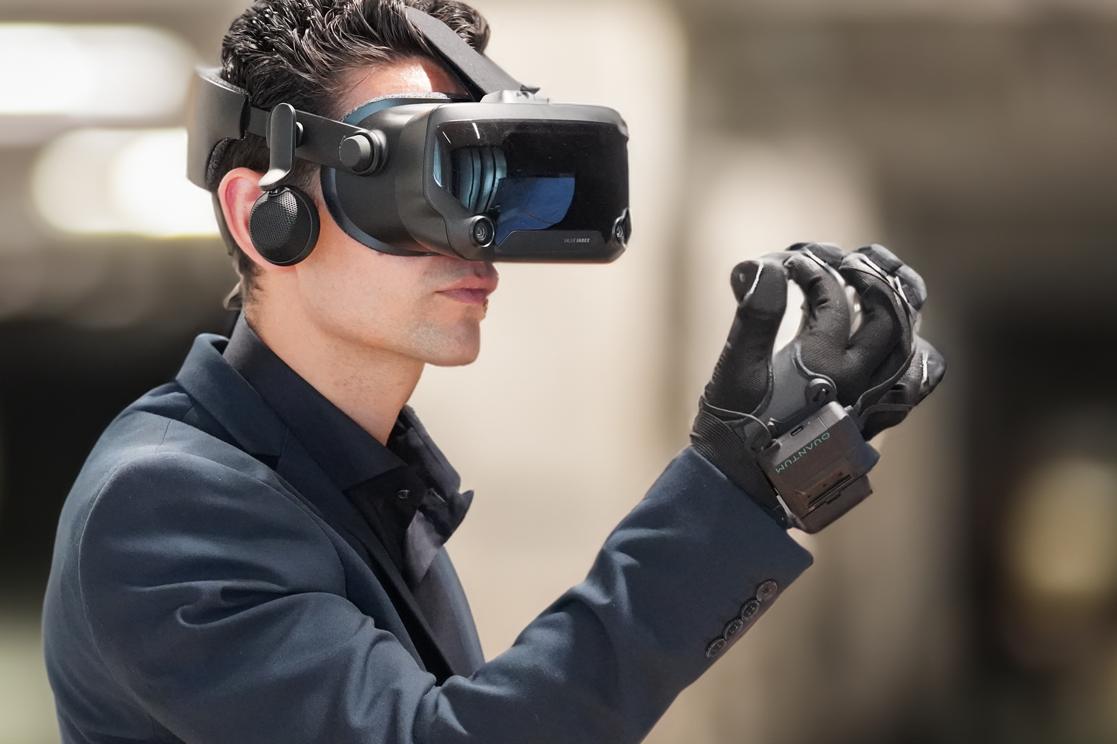Introduction
Augmented Reality (AR) has been making significant strides in recent years, blurring the lines between the digital and physical worlds. Whether you’ve used AR apps to catch Pokémon or try on virtual clothing, you’ve witnessed its potential. But what if we told you that the future of AR isn’t just about graphics and animations? Enter quantum sensors, a groundbreaking technology that promises to elevate AR experiences to new heights.
In this blog post, we’ll explore the fascinating synergy between quantum physics and AR, shedding light on how quantum sensors are poised to transform the way we perceive and interact with the world around us.
The Quantum World Unveiled
Before we dive into the intricacies of quantum sensors and their role in AR, let’s briefly revisit the quantum world’s strange and mesmerizing features. Quantum physics, also known as quantum mechanics, is a branch of science that explores the behavior of particles at the smallest scales.
At the heart of quantum physics are some mind-boggling principles, including superposition and entanglement. Superposition allows quantum particles to exist in multiple states simultaneously, unlike classical particles, which exist in one definite state. Entanglement, on the other hand, refers to the phenomenon where two or more particles become correlated to the extent that their properties are intertwined, regardless of the distance between them.
Quantum Sensors: The Building Blocks of AR
Quantum sensors, as the name suggests, are devices that leverage the principles of quantum physics to make highly precise measurements. These sensors operate at the quantum level, where the weirdness of the quantum world comes into play. They offer several advantages over classical sensors, including increased sensitivity, reduced noise, and the ability to detect faint signals.
So, how do quantum sensors fit into the world of augmented reality? Let’s take a closer look:
Enhanced Positioning and Tracking: One of the key challenges in AR is accurate positioning and tracking of objects in the real world. Quantum sensors, with their exquisite sensitivity, can provide more precise data about the user’s surroundings. This can lead to more realistic and stable AR experiences, whether you’re playing games or navigating through a virtual museum.
Improved Gesture Recognition: AR often involves interacting with virtual objects using gestures. Quantum sensors can enhance gesture recognition by capturing even the subtlest movements with high precision. Imagine controlling your AR environment with the wave of a hand, and you’ll begin to grasp the potential.
Immersive Visuals: Quantum sensors can also contribute to more immersive visual experiences in AR. They can help adjust lighting and visual effects in real time based on the user’s surroundings, making virtual objects appear more lifelike and seamlessly integrated into the physical world.
Energy-Efficient Devices: Quantum sensors are incredibly energy-efficient, which is crucial for AR devices like smart glasses. These sensors can extend the battery life of AR headsets, allowing users to enjoy longer and more engaging AR experiences without constant recharging.
Challenges and Future Prospects
While the marriage of quantum sensors and AR holds immense promise, there are several challenges to overcome. Quantum technology is still in its infancy, and many practical hurdles must be addressed before these sensors become mainstream in AR devices. Some of the challenges include:
Cost: Quantum sensors are currently expensive to manufacture and require specialized infrastructure. Reducing production costs is essential to making them accessible to a broader audience.
Miniaturization: AR devices, especially smart glasses, demand compact components. Shrinking quantum sensors to fit these devices while maintaining their performance is a significant engineering challenge.
Interference: Quantum sensors are sensitive to external factors like temperature and electromagnetic fields. Shielding them from interference in real-world environments can be a complex task.
Integration: Integrating quantum sensors seamlessly into AR hardware and software is crucial for a user-friendly experience. Collaboration between quantum physicists and AR developers will be essential.
Despite these challenges, the future looks promising for quantum sensors in AR. Researchers and tech companies are investing heavily in this exciting intersection of quantum physics and augmented reality, and breakthroughs are expected in the coming years.
Conclusion
The fusion of quantum sensors and augmented reality is a testament to the incredible strides we are making in the field of technology. Quantum physics, once considered esoteric and theoretical, is now finding its way into our daily lives, enhancing our experiences and capabilities.
As quantum sensors continue to evolve and become more accessible, we can expect AR to become an even more integral part of our lives. From gaming and education to healthcare and navigation, the applications are boundless. The future of augmented reality is quantum, and it promises to be nothing short of extraordinary.
In this blog post, we’ve only scratched the surface of the quantum-AR synergy. As research and development in this field advance, we can anticipate more mind-bending innovations that will redefine the boundaries of reality itself. So, keep your AR glasses ready; the quantum revolution is just beginning.




